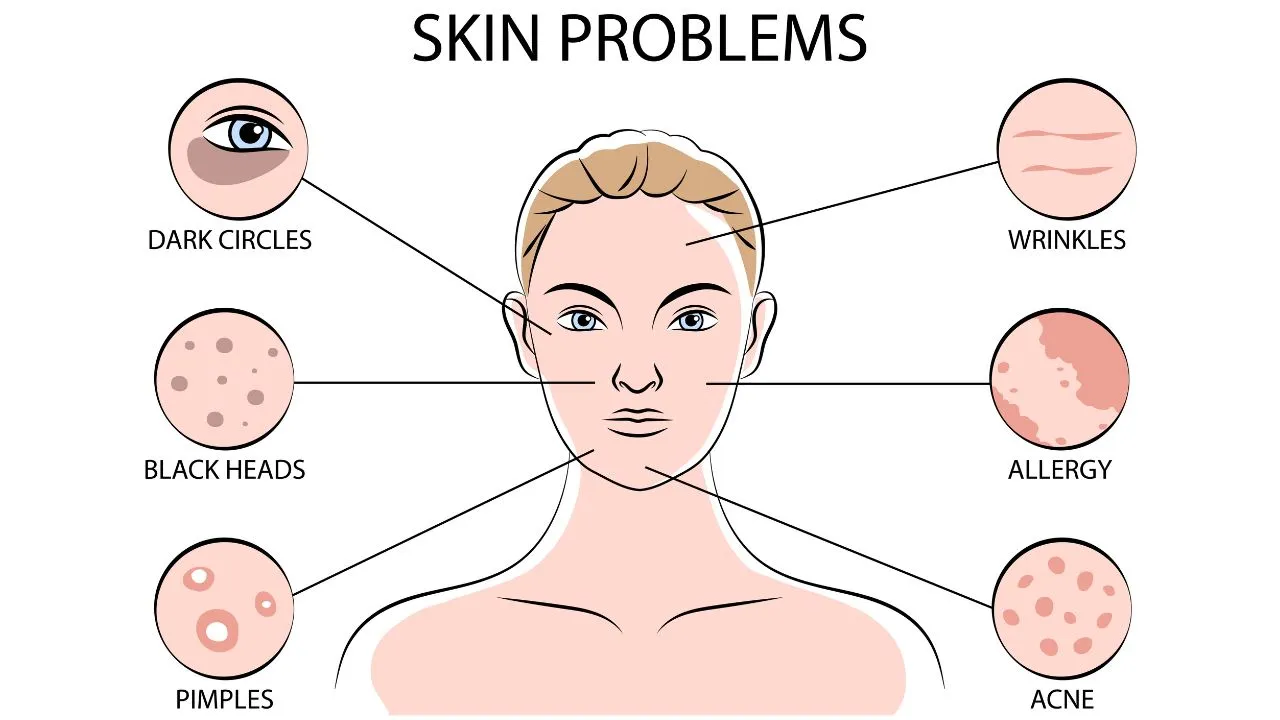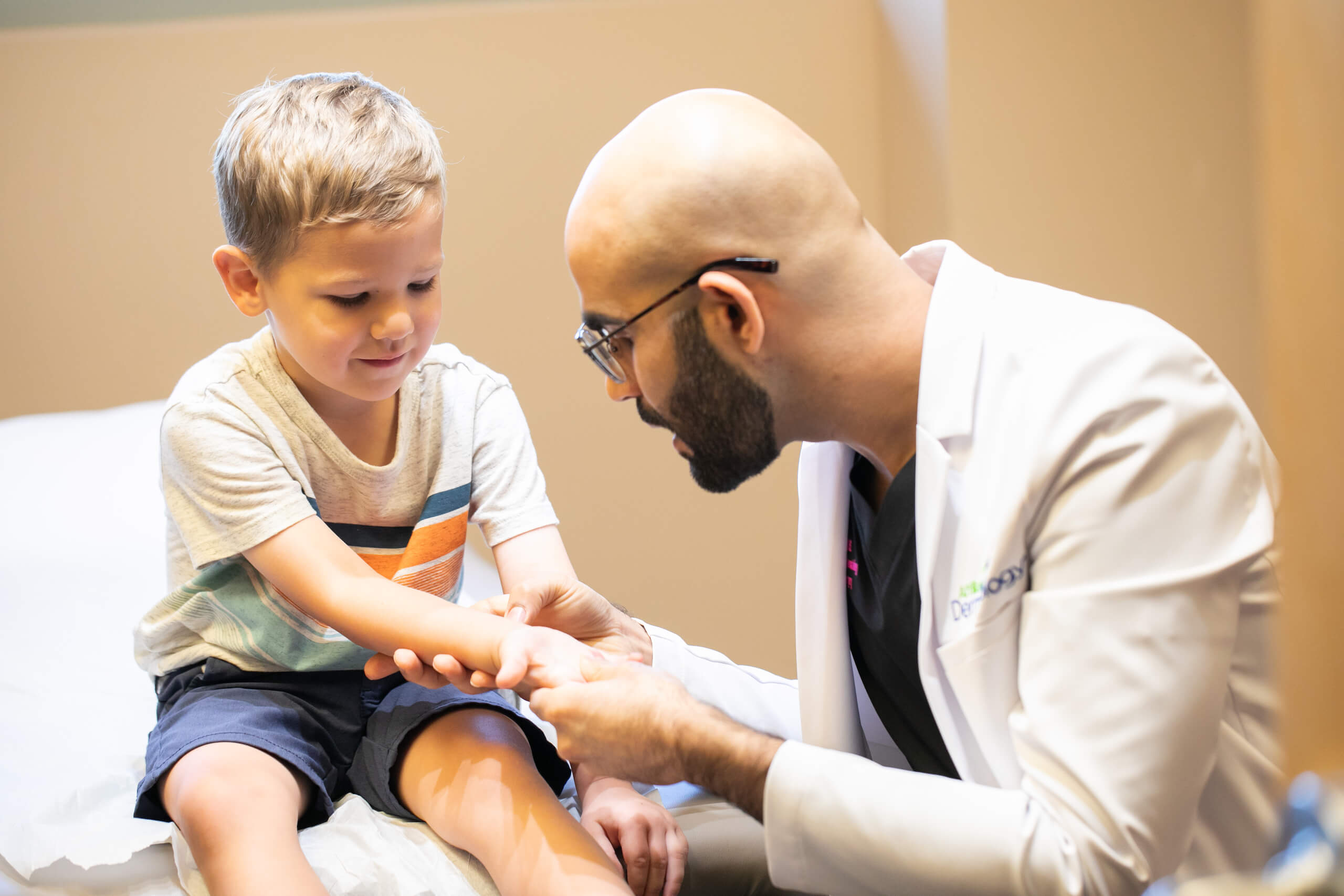Mohs Surgery Explained: A Secret Treatment in Dermatology for Handling Skin Cancer Cells Effectively
In the world of dermatology, Mohs surgery stands as a critical treatment for combating skin cancer, especially basal cell and squamous cell carcinoma. This complex surgical approach, conceived by Dr. dermatologist. Frederic E. Mohs, prioritizes the exact excision of malignant skin layers, leaving healthy tissue untouched. What precisely makes Mohs surgical procedure so reliable and how does it contribute to positive person outcomes? As we delve much deeper right into the procedure, its benefits, and potential problems, truth worth of this treatment becomes increasingly obvious.
Understanding the Basics of Mohs Surgery
Although it might sound complicated, Mohs surgical treatment is an exact surgical method used primarily to treat skin cancer. Named after Dr. Frederic E. Mohs, that created the treatment, it gives the highest possible remedy rate for certain sorts of skin cancers cells, consisting of basic cell carcinoma and squamous cell carcinoma. The main goal of Mohs surgical treatment is to remove all cancer cells while sparing as much healthy cells as feasible. It functions as a favored option for cancers located in cosmetically sensitive or functionally important locations like the face, hands, feet, and genital areas. Its accuracy and high success rate have made Mohs surgical procedure a keystone in dermatology, offering want to clients worldwide. It's crucial to keep in mind, however, that this procedure is typically booked for details kinds of skin cancer.

The Procedure: Step-by-Step Break Down of Mohs Surgery
While Mohs surgical treatment could appear challenging, comprehending the detailed treatment can aid debunk the procedure. The procedure begins with the cosmetic surgeon eliminating a slim layer of noticeable malignant skin. This layer is after that meticulously examined under a microscope for cancer cells. If cancer cells are found, the doctor removes another layer of skin and the process is duplicated. This cycle proceeds till no more cancer cells are discovered, making sure the full elimination of cancer cells while maintaining as much healthy and balanced skin as possible. The wound is then closed using stitches, a skin graft, or it may be delegated heal naturally. Postoperative treatment is important to advertise recovery and display for any indicators of recurrence.
The Benefits of Mohs Surgical Procedure in Skin Cancer Cells Therapy
A remarkable number of clients have actually uncovered the one-of-a-kind benefits of Mohs surgical procedure in their fight against skin cancer cells. The treatment is generally carried out on an outpatient basis under local anesthesia, making it much less straining on the body than even more invasive surgical treatments. dermatologist. Mohs surgery offers a remarkable choice for efficient skin cancer therapy.
Possible Risks and Complications Related To Mohs Surgical Procedure
In spite of its various benefits, Mohs surgical procedure is not without prospective risks and difficulties. Like all procedures, it carries a threat of infection, bleeding, and an adverse response to anesthesia. In unusual cases, people might experience nerve damage, bring about feeling numb or weak point in the location of surgical treatment. There's also the possibility of a recurrence or spread of skin cancer cells, specifically if all malignant cells were not entirely gotten rid of throughout the procedure. Scarring is an additional problem, more helpful hints as it can be recognizable depending upon the dimension and place of the treated location. Finally, the psychological influence of a skin cancer medical diagnosis and subsequent surgical procedure must not be ignored, as it can lead to stress and anxiety and depression in some individuals.
Preparing for and Recuperating From Mohs Surgical Procedure: What to Anticipate
To make certain the very best possible outcome from Mohs surgery, patients need to effectively plan for the treatment and recognize what to anticipate throughout healing. Preparation normally includes a comprehensive conversation with the doctor about the patient's case history, present medicines, and prospective allergies. Some medications could require to be quit before the surgery to minimize blood loss. Postoperative treatment is important for successful recovery. People might experience moderate discomfort, redness, or swelling, which can be taken care of with recommended medications. They are advised to relax, prevent exhausting activities, and maintain the blog surgical site tidy and dry. Normal follow-ups are needed to keep track of healing and identify any type of problems early. The key to recuperation holds your horses' adherence to their doctor's guidelines.
Final thought

Comments on “Address your hair loss with the help of a specialist in hair loss treatments.”